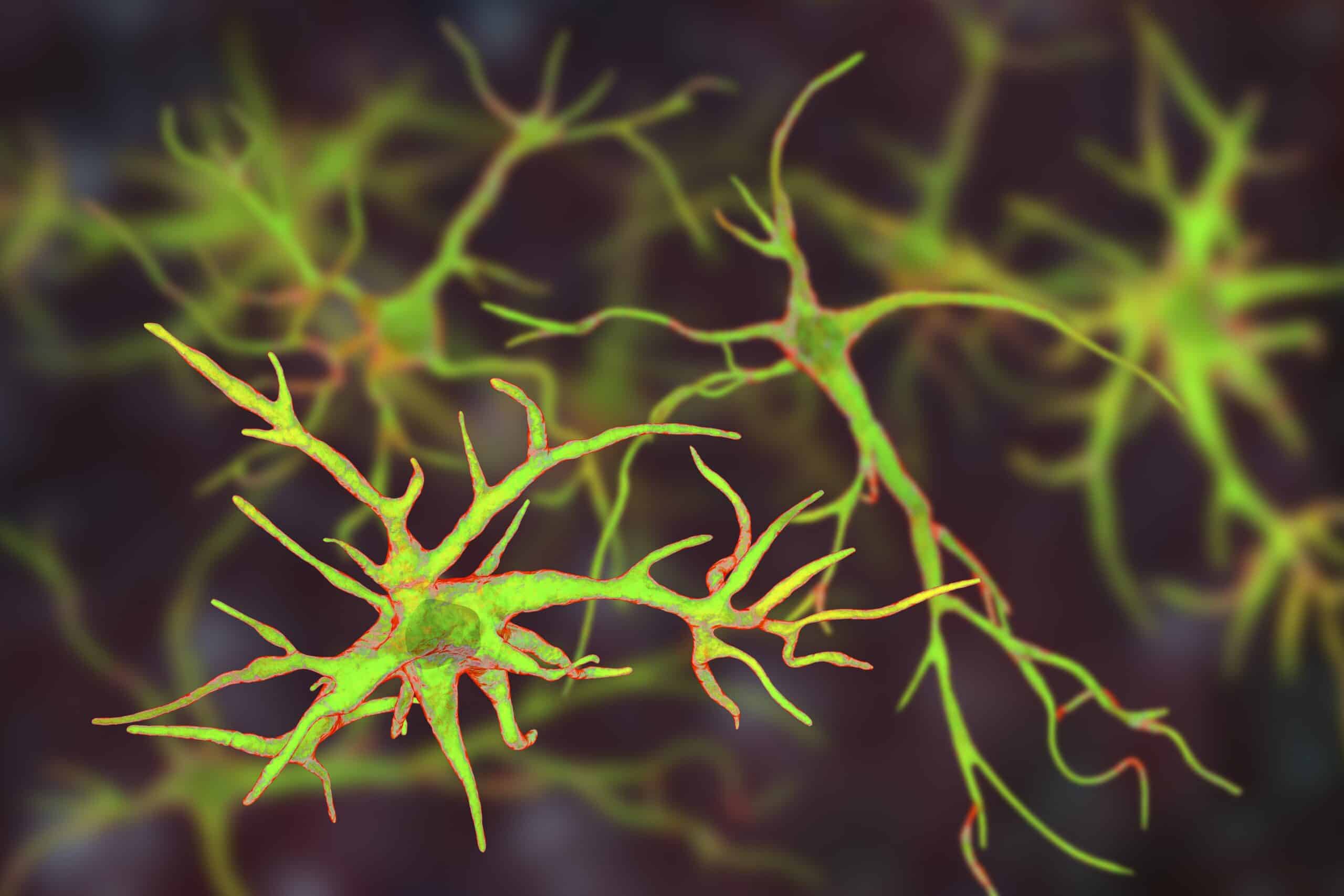[current_page_title]
Genetic Variant Protects Against Alzheimer’s Disease
QPS Neuro
Alzheimer’s disease is a devastating neurodegenerative disorder that affects millions of individuals worldwide. While research has made significant strides in understanding the underlying mechanisms of the disease, effective treatments remain elusive. However, a recent study published in Nature Medicine has uncovered a new genetic variant that appears to confer protection against Alzheimer’s disease. The study, ...
How an Autism Gene Affects Fertility
QPS Neuro
A recent study by researchers at the University of California, Riverside, has identified the biological mechanism underlying premature ovarian failure (POF): a mutation in the Fragile X messenger ribonucleoprotein 1 (FMR1) gene. The FMR1 mutation is most commonly associated with Fragile X Syndrome, a leading genetic cause of intellectual impairment and autism spectrum disorder. But ...
Transgenic Mouse Models Show Jumping Genes
QPS Neuro
A team of scientists at The University of Texas Health Science Center at San Antonio have discovered a trigger for brain inflammation that is associated with diseases like Alzheimer’s and progressive supranuclear palsy. Tau deposits, the team observed, can cause so-called “jumping genes” to form double-stranded RNA, which in turn triggers an inflammatory reaction, similar ...
Animal Models Provide Look at “Sixth Sense” Genetic Markers
QPS Neuro
It may not be the version portrayed in the infamous thriller of the same name, but human beings do, in fact, have a sixth sense: proprioception. Our brain relies on proprioception to give and receive the information it needs to help our bodies perform coordinated movements through space. And new research using animal models has ...
What an Animal Model Can Teach Us About the Human Body’s “Internal GPS”
QPS Neuropharmacology
If you’ve ever been lost in an airport, there’s a good chance you’ve relied on your fellow travelers to navigate the chaotic space. You might follow a large group to the security checkpoint, observing the natural flow of the crowd as you get your bearings. We humans are observant creatures, and learning by observation is ...





